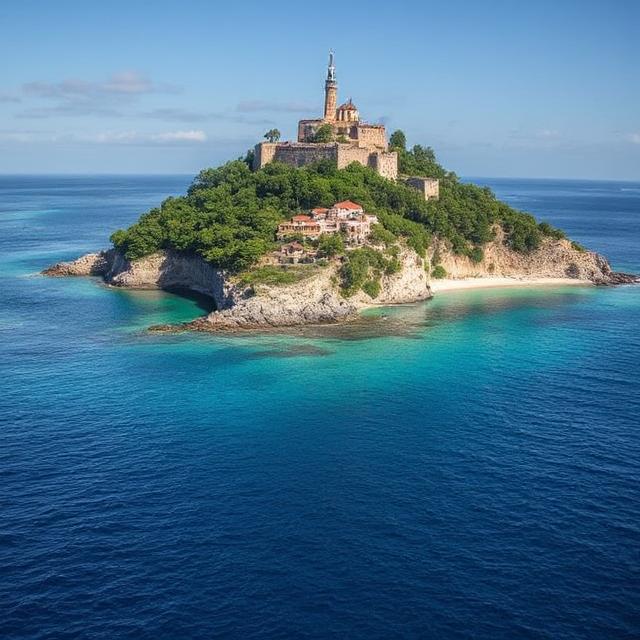In the northernmost part of Japan lies Iturup Island, part of the Kuril Islands chain. But the true mystery surrounds the nearby island of Okinoshima, which locals call the "Island Where No One Dies." While it sounds like a fantasy, there’s an actual place where death is legally and spiritually banned — Okinoshima in the Ogasawara Islands, a sacred island off the coast of Japan.
This tiny speck of land is considered so holy that only men are allowed to step foot on it — and only after they undergo a purification ritual. No one is allowed to be born or die there. If a resident is near death, they must leave immediately. The same goes for women who are about to give birth.
Why such strict rules? Okinoshima is believed to be inhabited by powerful deities that protect Japan’s maritime routes. Death and birth are considered spiritually “impure” and would desecrate the island’s sanctity. It's essentially a living Shinto shrine, untouched by the modern world.
In 2017, UNESCO declared the island a World Heritage Site, recognizing its cultural and religious significance. But unlike most tourist spots, Okinoshima remains off-limits to almost everyone — even the Japanese themselves.
The island holds over 80,000 artifacts left as offerings over the centuries, from swords to beads, making it an archaeological goldmine. However, no one is allowed to remove or disturb anything. Visitors — even priests — are forbidden to discuss what they see on the island.
The result? A place steeped in mystery, reverence, and silence — where not only time but even death itself seems to pause.
